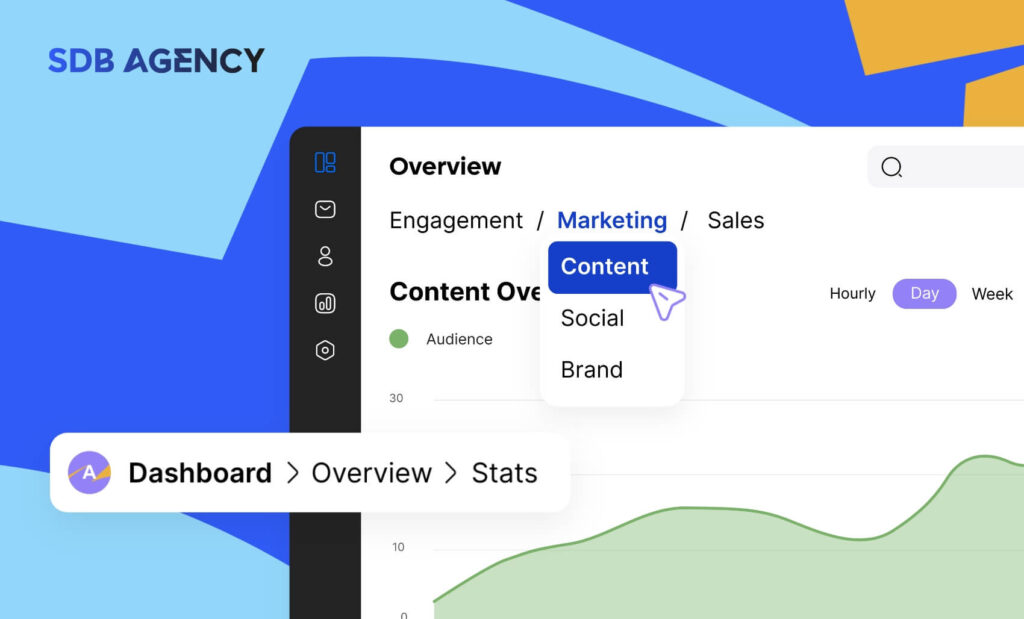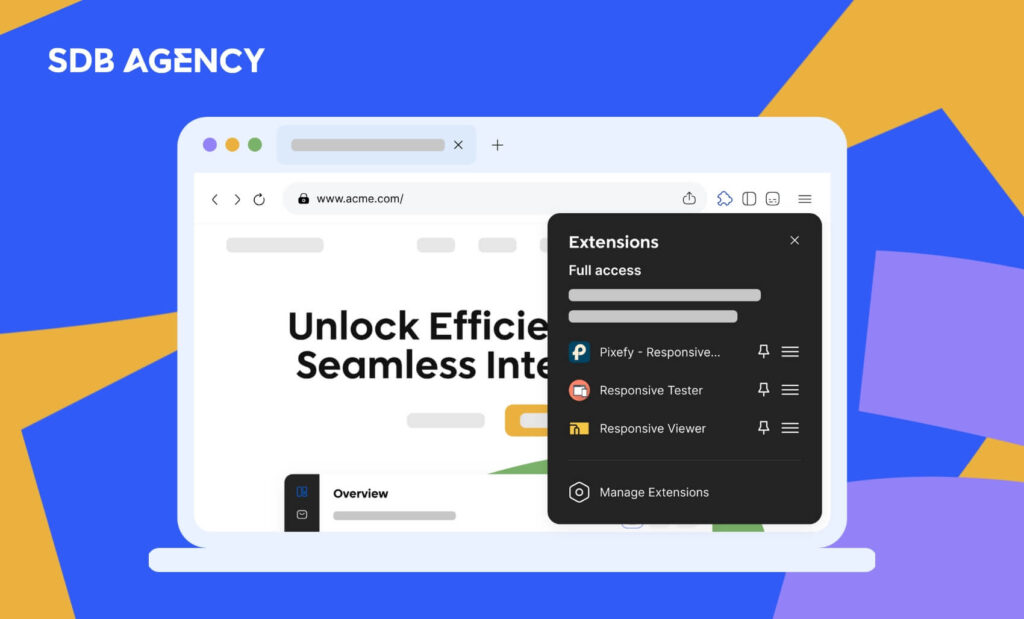The Impact of SXO on Modern Digital Marketing

Have you ever visited a website on Google’s first page and got frustrated with it? Slow-loading pages, broken links, and how bad it looks on mobile are all red flags that eventually make you leave and visit another website!
Search Experience Optimization (SXO) can help you win this scenario. It is a process of optimizing a website so that it will not only provide a great experience for users but also give search engines a reason to rank your pages higher.
First time hearing about SXO? We’ve put together an overview to explain its benefits, how it combines both SEO and UX, and how to use it to your advantage.
What is SXO?
Search experience optimization is the process of optimizing your site and providing exceptional experience for users. Think of it as a cross between search engine optimization (SEO) and user experience (UX). What’s the best way of enhancing your website so search engines will rank it up and ensure people find what they need?
If you’re in the SaaS industry, you must ensure your site ranks as high as possible in Google and other search engines. To do this, you can conduct the best practices for SEO, which include optimizing pages, writing proper page titles and meta descriptions, and creating high-quality content that drives backlinks.
In addition, you’ll also want to offer a great experience to keep visitors on your site and get them to buy your product or services. To do this, you must make pages easy to navigate, implement a mobile-friendly design, and ensure a seamless checkout process.
Understanding SXO: it goes beyond SEO
SXO offers a different standard from the regular SEO strategies. It’s more than only using well-researched keywords in a clean UI/UX environment. Even though most SEO tactics revolve around targeting individual search engines like Google and Bing, SXO focuses on optimizing your brand’s visibility with every user visiting your site.
It’s a more holistic approach to growing your online presence as it draws in more visitors while also keeping them engaged when they land on your pages. Implementing a thorough SEO strategy while blending modern SXO will keep you competitive in the digital landscape.
Why is SXO important?
Businesses should implement SXO as it enables a fast, reliable, and efficient user experience. Visitors expect a lot from websites they’re landing on, as four out of five US shoppers admit that they’ve left a website due to frustration with the filtering and on-site search options, according to data by Neil Patel.
SXO lets you optimize the entire user journey, from clicking on a link on Google to navigating a website and purchasing a product or service. This will lead to happier customers who will likely return to your site and recommend it to their friends.
Implementing SXO in your strategy

The only question that remains is how to blend your SEO strategy with SXO for your digital marketing strategy. First, you must analyze your target audience. Find out about their unique needs and behaviors to create a content strategy that they are interested in and appeals to search engines. This may include:
- Optimizing website structure – Ensure that your website is highly intuitive to navigate with a structured layout that lets users find what they want and whenever they want to.
- Enhance quality content – Develop content that includes those SEO checklists while also delivering high-quality and relevant content to keep users engaged and encourage them to explore deeper.
- Improve page speed – The time it takes for your site to load on any device will directly impact your SEO and SXO. Remember that every second counts as faster loading speeds reduce bounce rates and improve your brand’s user experience.
- Mobile optimization – if you haven’t redesigned your online presence for mobile devices, you might already be falling behind your competitors! Mobile optimization is a must-have for any businesses looking to improve their SEO and blend it with SXO tactics.
After you have these strategies in place, you must regularly audit your website to track any areas that are successful or will need further improvement. Engage with your audience to find out how they react to the changes. Ultimately, their experience and opinion on your website are what matters most.
10 ways to improve SXO

There are plenty of ways to make an impact on your website’s SXO. Here are our top 10 tips:
- Conduct comprehensive keyword research – This will help you rank as high as possible in search engines and understand what your customers are seeking on your website.
- Test your page’s loading speed – Fast-loading pages means your customers do not waste their valuable time waiting. Use Google PageSpeed Insights as it’s an excellent starting point.
- Make sure your site works on every device – Mobile-responsive sites will rank better in search engines and make it easy for every user to access them.
- Use schema markup when needed – Structured data gives search engines more information about your website, which means your site looks better in the results.
- Make an accessible website – This ensures that your site is compliant and as many users can access it.
- Build compelling metadata – Good meta descriptions and tags can make your page more exciting when viewed in the search results.
- Check your internal linking – A solid network of internal links will make it easier for visitors to navigate your website and for search engines to crawl it.
- Add backlinks – High-quality backlinks from trusted websites will send signals to search engines that show your site is a trusted source of information.
- Social proof – Testimonials, reviews, and awards will inspire confidence in visitors and get them to convert.
- Try user testing – A great way to collect feedback is by asking customers to complete a task on your website and record their responses. They may find issues that you never knew existed!
Measuring your SXO efforts

Measuring your SXO efforts is crucial as it helps you determine what works and what you can improve for better results. We recommend setting up a clear goal before starting your search experience optimization strategy. Do you want to focus on conversion rate, click-through rates, user engagement, or all of them? And by how much?
Goals like these will steer you in the right direction so you can focus on continuous improvement.
A/B testing is an excellent way to discover what your visitors respond best to. For example, you can create two product pages with identical elements apart from the CTA button’s copies. One can say, “Try a free demo,” while the other says, “Buy Now.” This can help you determine which CTA button results in more conversions.
Many platforms are available to track your SXO efforts such as:
- Google search console – This tool lets you see the kinds of keywords you rank for in the search engine results and detect any technical issues that affect your user experience.
- Google Analytics – This is a platform that discovers how long users stay on your site and the visits that lead to conversions. You may also use event tracking to find potential issues, like if visitors start filling in a form, but fail to complete it.
Final thoughts
Search experience optimization (SXO) means you have more control over your customer journey. It isn’t only about where your website ranks in search engines and how it looks but also about how your audience navigates your website.
If you already use an SEO strategy and implement the best practices, you’re part way there. By understanding how to make a site appealing to your audience, you can increase your chances of ranking for specific keywords.




